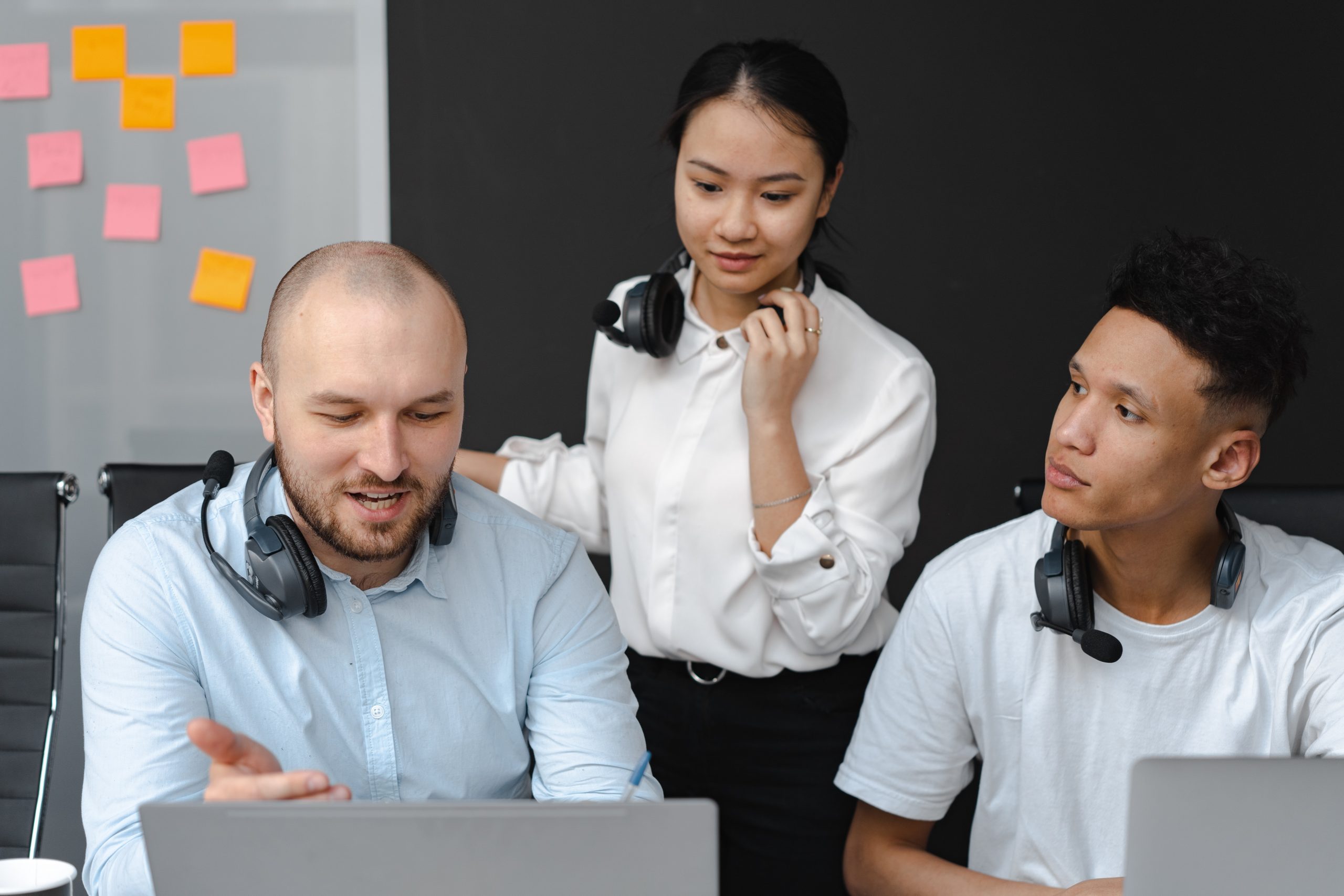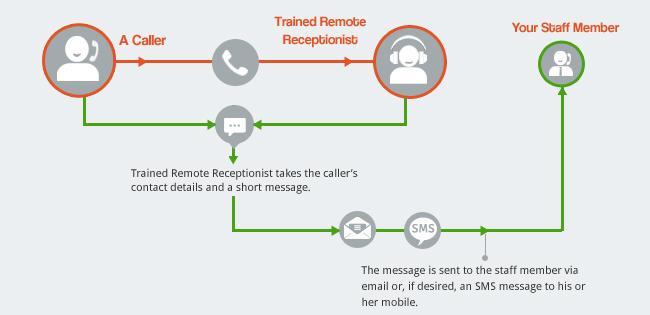All Categories
Featured
Table of Contents
- – What Is The Best Virtual Receptionist - Answeri...
- – What Is The Best What Are Business Call Answer...
- – Is It Worth Paying For The Best Answering Serv...
- – What Was The Most Popular 10 Sectors That Can...
- – What's The Best Outsource Answering Service C...
- – What Do Telephone Answering Service - Answer...
What Is The Best Virtual Receptionist - Answering Service - Phone Answering To Buy Right Now
This gadget and its successors were created by Sava Jacobson, an electrical engineer with a private consulting organization. While early answering machines utilized magnetic tape innovation, the majority of contemporary devices uses strong state memory storage; some gadgets utilize a mix of both, with a solid-state circuit for the outbound message and a cassette for the inbound messages.
"toll saving" listed below) (local phone answering service). This works if the owner is screening calls and does not wish to talk to all callers. In any case after going, the calling celebration should be informed about the call having actually been responded to (most of the times this starts the charging), either by some remark of the operator, or by some welcoming message of the TAD, or dealt with to non-human callers (e.
This holds specifically for the Littles with digitally saved welcoming messages or for earlier makers (before the increase of microcassettes) with an unique endless loop tape, different from a second cassette, devoted to recording. There have been answer-only devices with no recording abilities, where the greeting message needed to inform callers of a state of present unattainability, or e (phone answering).
What Is The Best What Are Business Call Answering Services? - Chalkboard Available Today

about accessibility hours. In tape-recording Little bits the greeting usually contains an invitation to leave a message "after the beep". A voice mail that uses a microcassette to record messages On a dual-cassette answerphone, there is an outbound cassette, which after the specified number of rings plays a pre-recorded message to the caller.

Single-cassette voice mail contain the outbound message at the start of the tape and inbound messages on the staying space. They first play the announcement, then fast-forward to the next offered area for recording, then tape the caller's message. If there are lots of previous messages, fast-forwarding through them can cause a substantial hold-up.
This beep is frequently referred to in the greeting message, requesting that the caller leave a message "after the beep". TADs with digital storage for the taped messages do disappoint this delay, of course. A TAD may provide a remote control center, whereby the answerphone owner can ring the home number and, by entering a code on the remote telephone's keypad, can listen to tape-recorded messages, or erase them, even when away from home.
Is It Worth Paying For The Best Answering Service For Clinics?

Thereby the device increases the number of rings after which it responds to the call (typically by two, resulting in 4 rings), if no unread messages are presently stored, however answers after the set variety of rings (typically two) if there are unread messages. This permits the owner to discover out whether there are messages waiting; if there are none, the owner can hang up the phone on the, e.
Some machines also allow themselves to be from another location activated, if they have actually been turned off, by calling and letting the phone ring a certain a great deal of times (generally 10-15). Some company desert calls already after a smaller number of rings, making remote activation difficult. In the early days of Littles a special transmitter for DTMF tones (dual-tone multi-frequency signalling) was regionally required for push-button control, considering that the formerly employed pulse dialling is not apt to convey suitable signalling along an active connection, and the dual-tone multi-frequency signalling was executed stepwise.
Any inbound call is not recognizable with respect to these residential or commercial properties in advance of going "off hook" by the terminal equipment. So after going off hook the calls need to be switched to suitable devices and just the voice-type is immediately available to a human, but perhaps, nonetheless must be routed to a LITTLE (e.
What Was The Most Popular 10 Sectors That Can Benefits From A Phone Answering Service?
What if I told you that you do not need to actually get your device when responding to a consumer call? Another person will. So convenient, right? Responding to telephone call doesn't need somebody to be on the other end of the line. Efficient automated phone systems can do the trick simply as efficiently as a live representative and sometimes even better.
An automatic answering service or interactive voice reaction system is a phone system that communicates with callers without a live person on the line - phone answering service. When companies use this innovation, clients can get the answer to a question about your organization just by utilizing interactions established on a pre-programmed call flow.
Although live operators upgrade the customer support experience, numerous calls do not require human interaction. An easy documented message or instructions on how a consumer can retrieve a piece of information generally fixes a caller's instant requirement - virtual telephone answering. Automated answering services are an easy and efficient method to direct inbound calls to the right person.
What's The Best Outsource Answering Service Company Sri Lanka On The Market
Notification that when you call a business, either for support or item query, the first thing you will hear is a pre-recorded voice welcoming and a series of alternatives like press 1 for client service, press 2 for inquiries, and so on. The pre-recorded choices branch off to other options depending upon the client's choice.
The phone tree system helps direct callers to the right individual or department utilizing the keypad on a smart phone. In some circumstances, callers can utilize their voices. It deserves noting that auto-attendant alternatives aren't restricted to the ten numbers on a phone's keypad. Once the caller has actually chosen their first choice, you can develop a multi-level auto-attendant that utilizes sub-menus to direct the caller to the ideal type of help.
The caller does not have to communicate with an individual if the auto-attendant phone system can handle their concern. The automated service can route callers to an employee if they reach a "dead end" and need assistance from a live agent. It is pricey to work with an operator or executive assistant.
What Do Telephone Answering Service - Answer My Phone Services Include?
Automated answering services, on the other hand, are considerably less costly and provide considerable cost savings at approximately $200-$420/month. Even if you don't have actually devoted personnel to manage call routing and management, an automatic answering service improves productivity by enabling your group to focus on their strengths so they can more effectively spend their time on the phone.
A sales lead routed to client service is a lost shot. If a customer who has item concerns reaches the incorrect department or receives incomplete answers from well-meaning staff members who are less trained to manage a particular type of concern, it can be a cause of aggravation and discontentment. An automatic answering system can reduce the number of misrouted calls, consequently assisting your staff members make better use of their phone time while maximizing time in their calendar for other tasks.
With Automated Answering Systems, you can develop a tailored experience for both your staff and your callers. Make a recording of your primary welcoming, and just upgrade it regularly to show what is going on in your organization. You can develop as lots of departments or menu options as you desire.
Table of Contents
- – What Is The Best Virtual Receptionist - Answeri...
- – What Is The Best What Are Business Call Answer...
- – Is It Worth Paying For The Best Answering Serv...
- – What Was The Most Popular 10 Sectors That Can...
- – What's The Best Outsource Answering Service C...
- – What Do Telephone Answering Service - Answer...
Latest Posts
Effective Real Estate Answering Service ( Perth)
Top Bilingual Answering Service ( Gold Coast 4215)
Expert Call Answering Service Near Me
More
Latest Posts
Effective Real Estate Answering Service ( Perth)
Top Bilingual Answering Service ( Gold Coast 4215)
Expert Call Answering Service Near Me